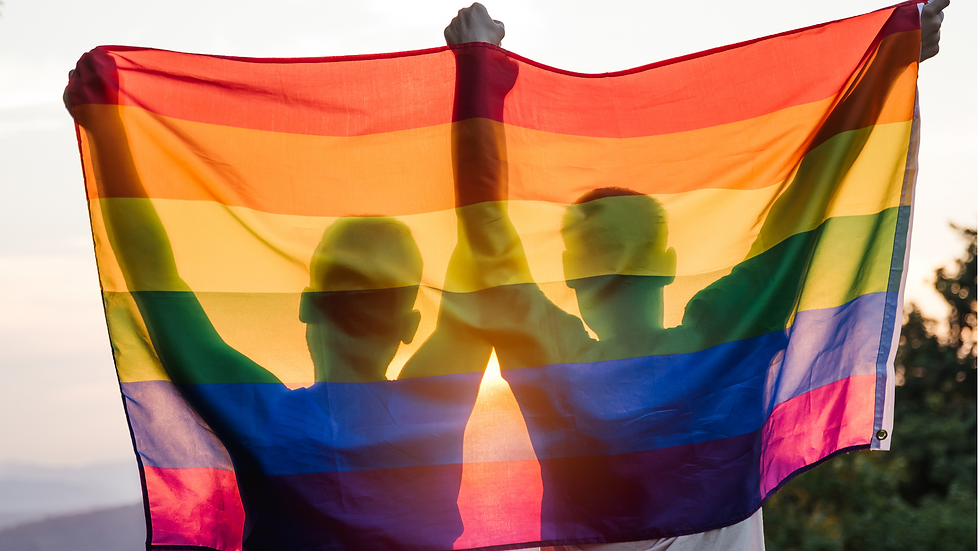By Elyse Notarianni

Every June, Pride Month comes along loud and – quite literally – proud. While it is a widely accepted recognition today, especially in New York City, it hasn’t always been that way.
So for older adults, Pride Month means much more than a celebration.
Pride Month is not only a celebration of identity and love but also a recognition of the struggles and triumphs experienced over decades.
The Historical Context
The journey towards LGBTQ rights has been long and arduous, marked by pivotal moments that have shaped the community’s history.
Here is a brief timeline of significant LGBTQ advancements, with a particular focus on New York City:

1969: Stonewall Riots: The Stonewall Riots in Greenwich Village, New York City, are often cited as the catalyst for the modern LGBTQ rights movement. After a police raid at the Stonewall Inn, patrons and supporters protested, leading to several days of demonstrations. This event ignited the fight for LGBTQ rights across the nation.
1970: First Pride March: On June 28, 1970, the first Pride March took place in New York City to commemorate the one-year anniversary of the Stonewall Riots. This march marked the beginning of annual Pride celebrations worldwide.
1982: New York City’s First LGBTQ Rights Law: New York City passed its first LGBTQ rights law, prohibiting discrimination based on sexual orientation in employment, housing, and public accommodations. This law was a significant step towards legal recognition and protection.
1994: Stonewall 25: In 1994, New York City hosted Stonewall 25, a global celebration marking the 25th anniversary of the Stonewall Riots. The event highlighted the progress made and the ongoing fight for LGBTQ rights.
2011: Marriage Equality in New York: New York became the sixth state in the U.S. to legalize same-sex marriage, a monumental victory for the LGBTQ community. This legalization affirmed the legitimacy and equality of same-sex relationships.
2019: Stonewall 50 and WorldPride: In 2019, New York City hosted WorldPride, coinciding with the 50th anniversary of the Stonewall Riots. This event was the largest Pride celebration in history, drawing millions of participants and celebrating half a century of progress.
The Importance of Pride Month for LGBTQ Seniors
Many older adults in the LGBTQ+ community have lived through significant societal changes and have often faced considerable adversity. Such as:
Recognition and Visibility: LGBTQ seniors have often been overlooked in the broader community. Pride Month provides an opportunity to highlight their stories, struggles, and contributions, ensuring they receive the recognition they deserve.
Community and Support: Many LGBTQ seniors grew up during times of severe discrimination and had to conceal their identities. Pride Month fosters a sense of community and belonging, offering a supportive environment where they can express themselves freely and connect with others who share similar experiences.
Advocacy and Awareness: Despite significant progress, LGBTQ seniors still face unique challenges, such as isolation, lack of adequate healthcare, and discrimination in senior living facilities. Pride Month is a platform to raise awareness about these issues and advocate for better policies and support systems to improve their quality of life.
Celebration of Progress: For those who have witnessed the evolution of LGBTQ rights firsthand, Pride Month is a celebration of the progress made. It’s a time to reflect on the strides taken towards equality and to celebrate the victories achieved over the years.
Pride Month is a vital celebration for LGBTQ seniors, offering a time to honor their past, celebrate their present, and advocate for a more inclusive future.
For older adults, it’s also an opportunity to mark the progress they’ve helped forge along the way. Their stories and experiences enrich the fabric of the LGBTQ community and remind us of the importance of continuing the fight for equality and acceptance for all.
